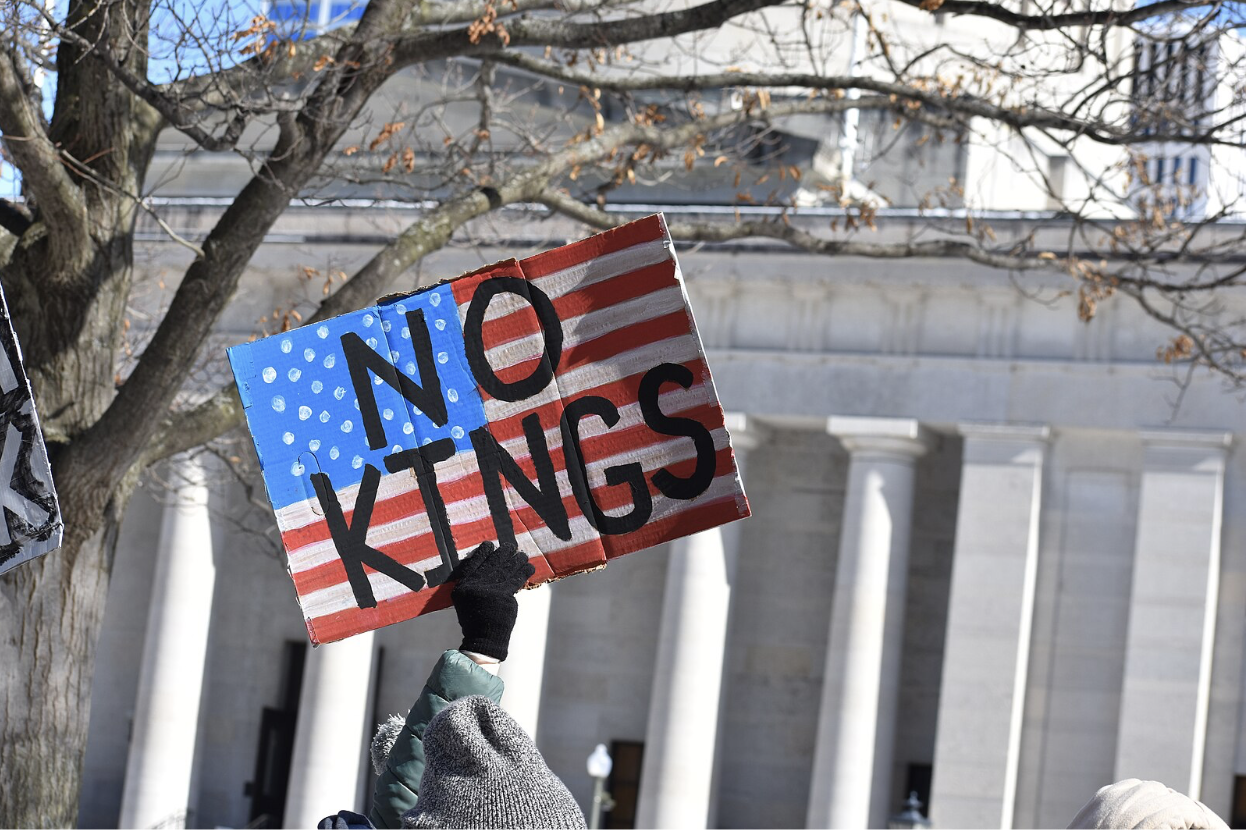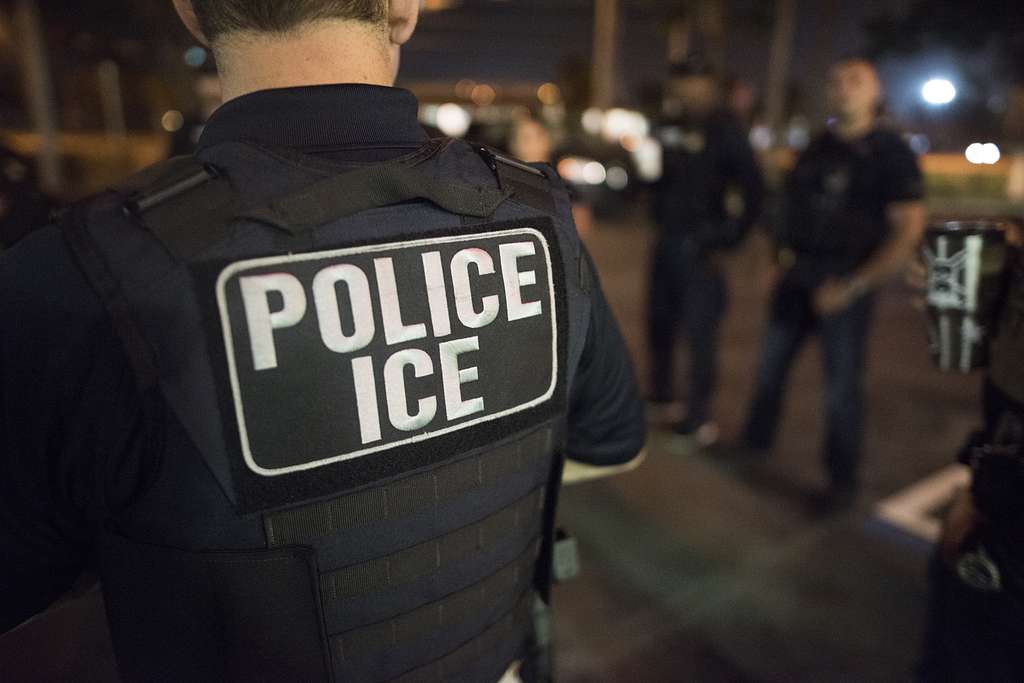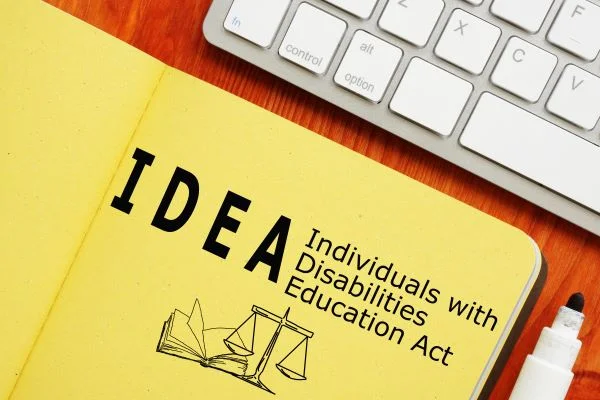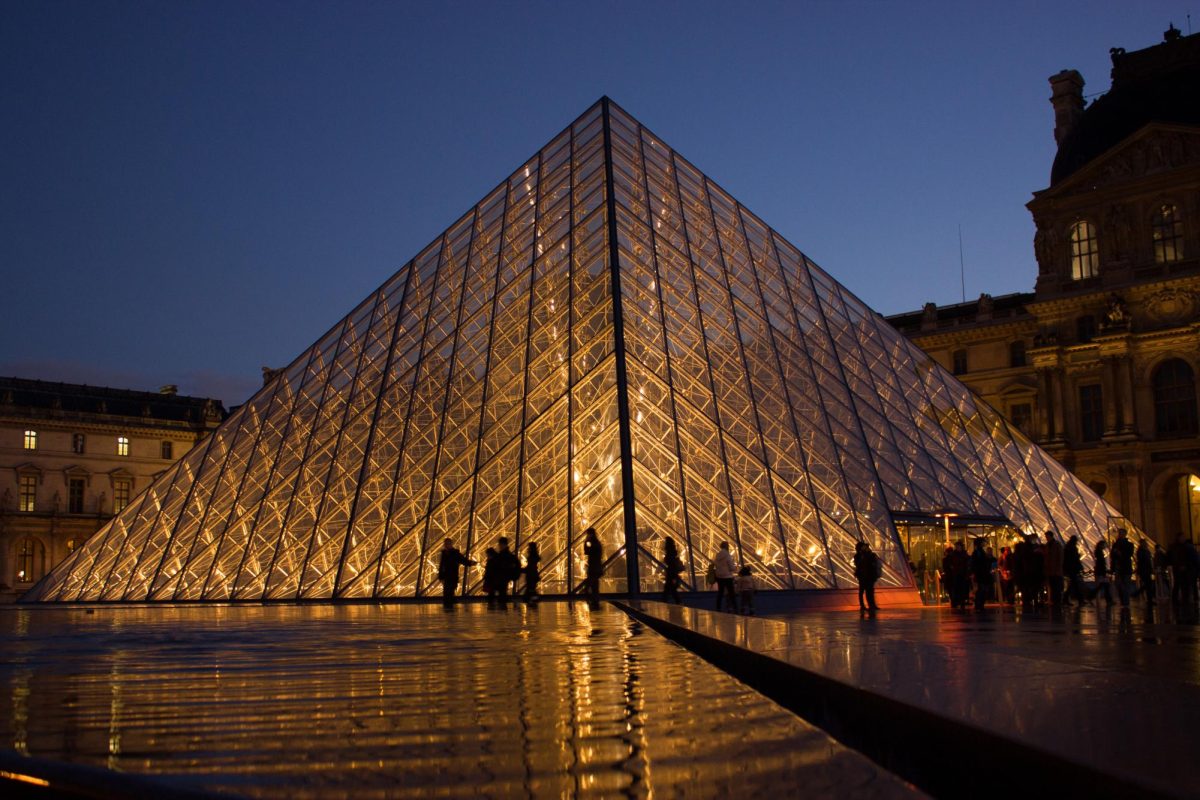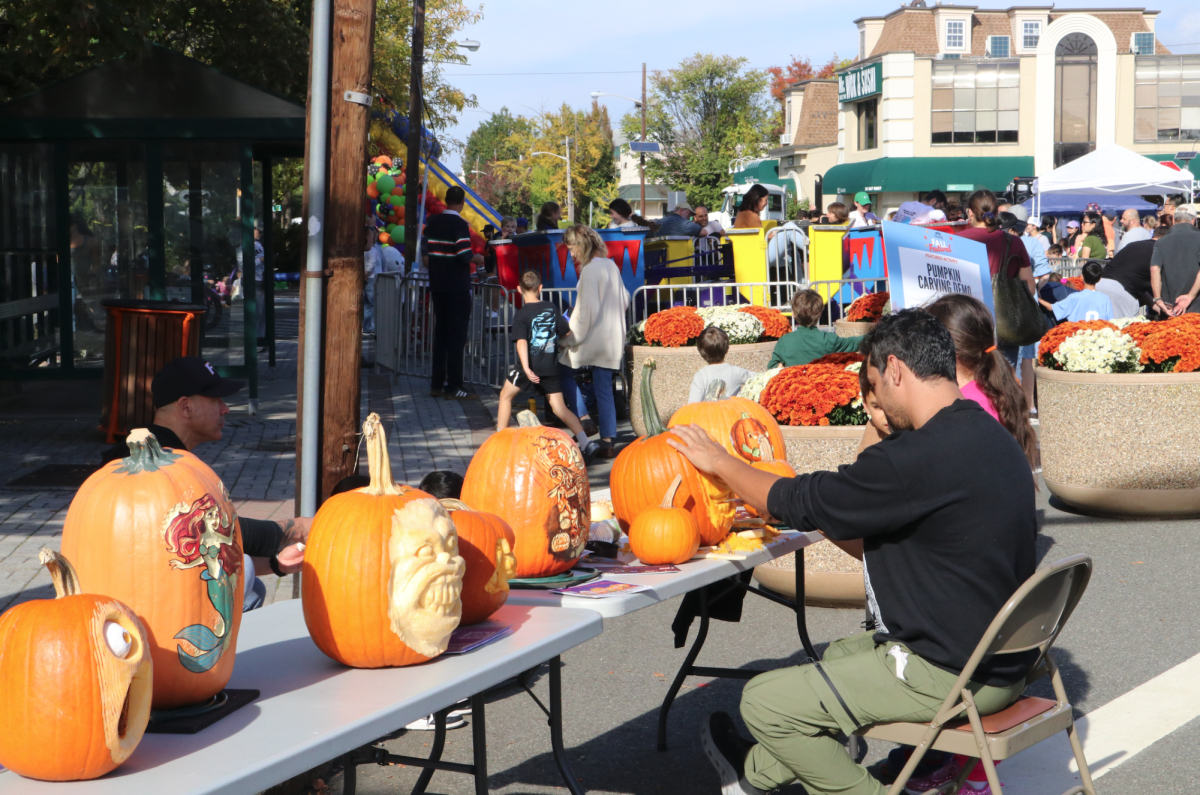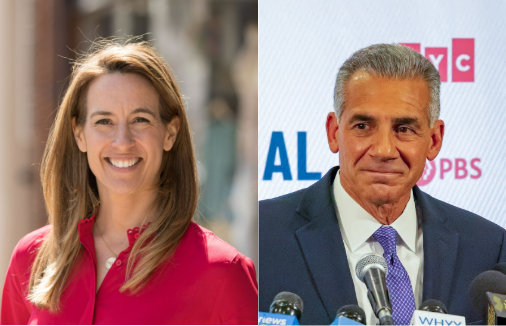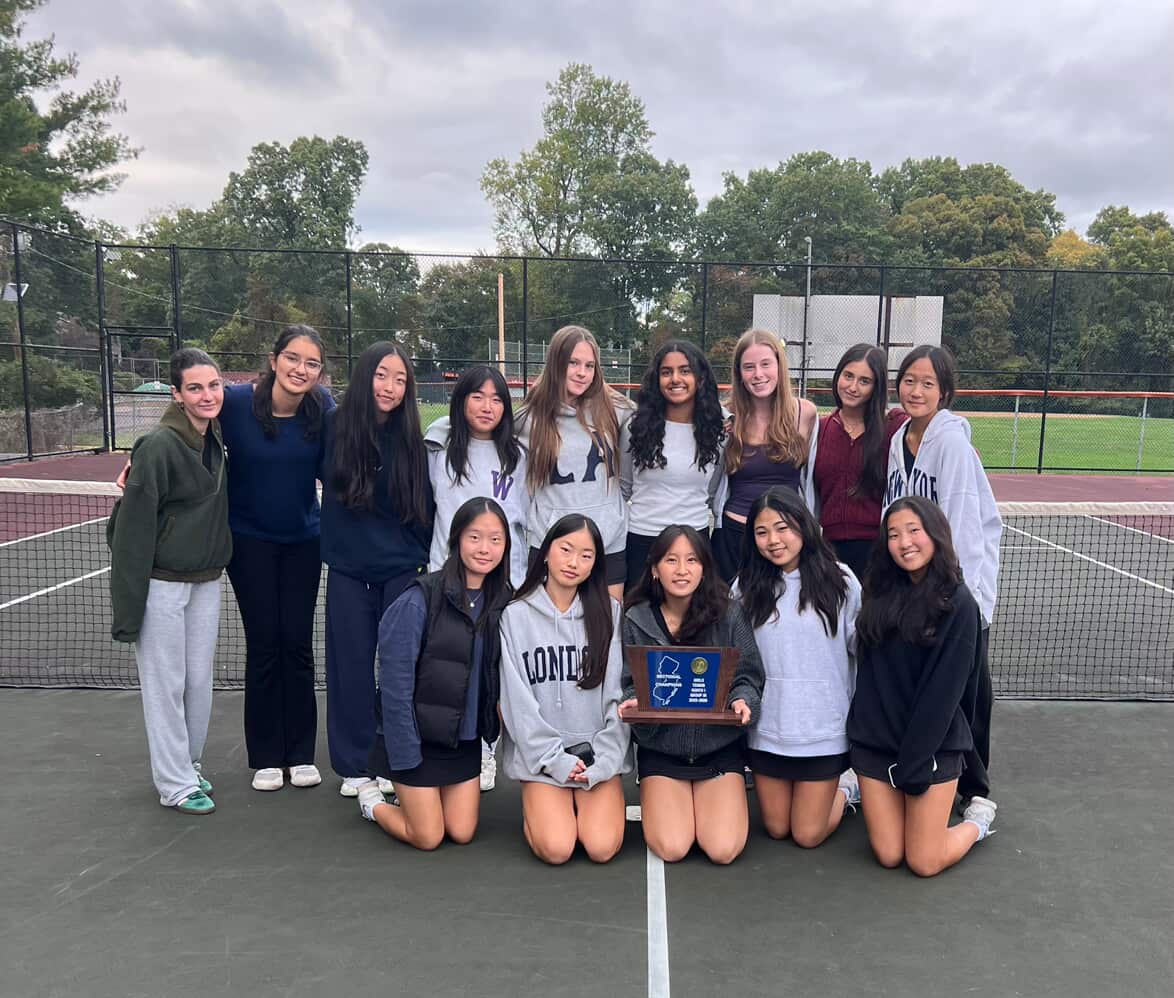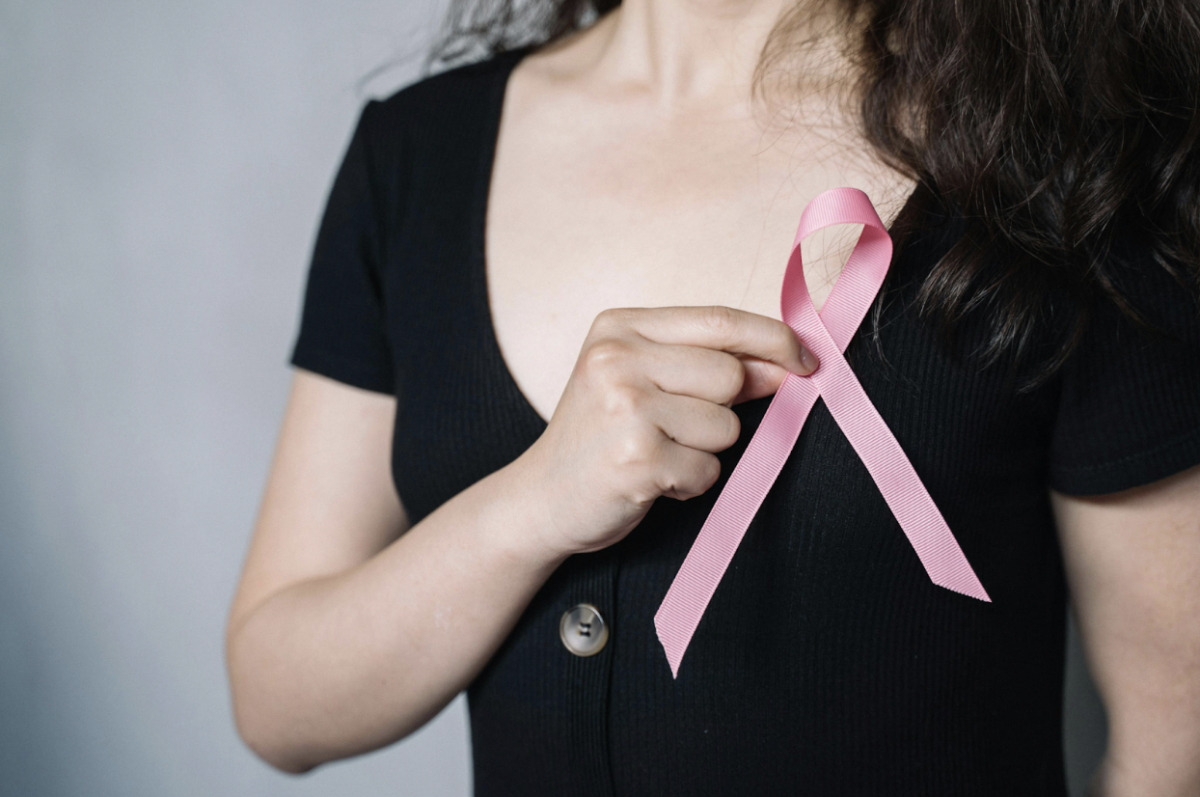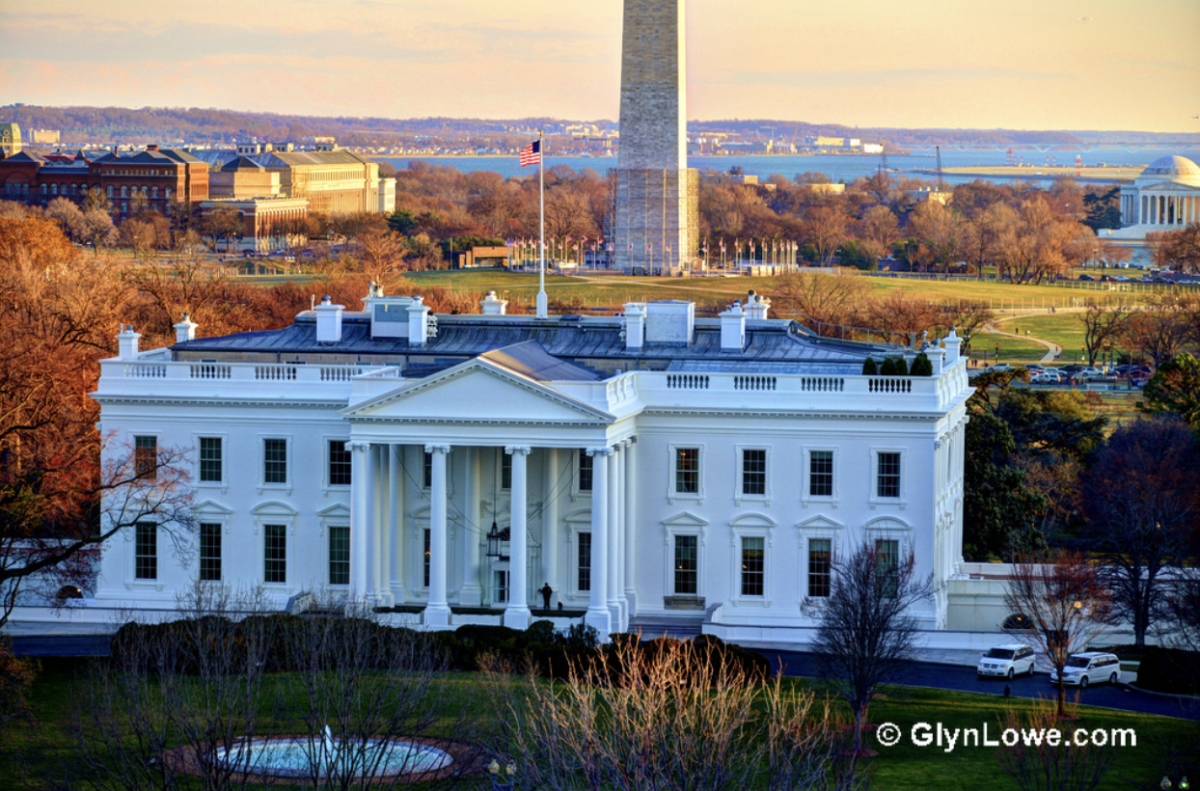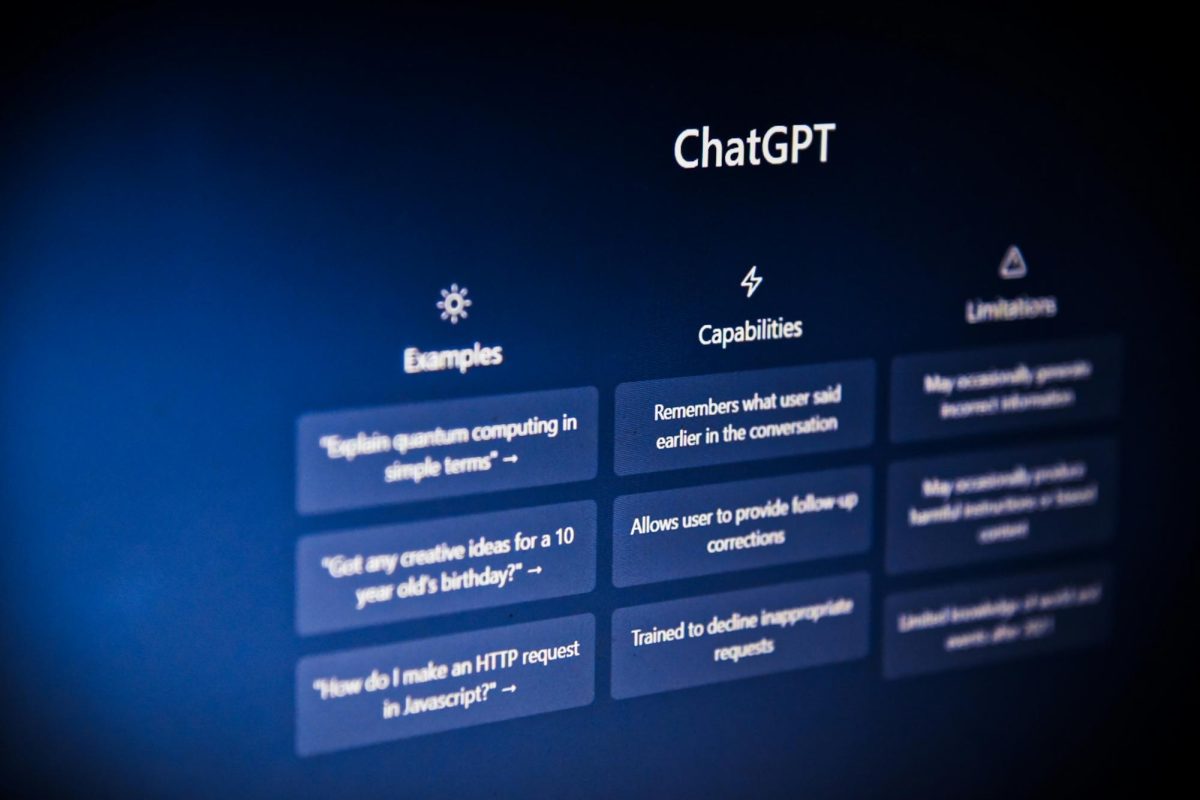On a cool Saturday afternoon, streets from Anchorage to Miami pulsed with a unified chant: “We have no kings.” Repeated across the country in more than 2,700 organized demonstrations, according to The Verge, the message was simple—it was a warning against unchecked power and a call for the preservation of democratic norms.
Over 7 million people took part in the protests across all 50 states, marking the day as one of the largest coordinated protest actions in recent US history. Held on October 18, 2025, the event drew large crowds in many major cities. Chicago reportedly saw about 250,000 participants, and the rallies in Washington, DC, Los Angeles, New York, and dozens of smaller towns created a mosaic of dissent that spanned urban centers and rural backroads alike.
The protests were part carnival and part political theater, with giant inflatables, homemade banners, and coordinated human formations spelling out the movement’s slogan in parks and on beaches. As reported by The Guardian, San Franciscan organizers and affiliates recreated a large “No Kings” human sign on the shores of Ocean Beach. Meanwhile, marchers in Portland moved across bridges in costumes resembling colorful animals, captivating national attention. The visual spectacle highlighted the dual aim of the march: to register displeasure and to make sure of being seen while doing it.
Speakers at the rallies framed the events as a defense of democratic institutions and constitutional checks on government power. In Washington DC, Senator Bernie Sanders announced that “this moment is not just about one man’s greed, corruption or contempt for the constitution,” placing the day’s energy squarely in the context of constitutional norms and public accountability. In Chicago, Mayor Brandon Johnson told attendees, “We will not bend, we will not bow, we will not cower, we will not submit.”
The movement behind the protests traces back to the organizers, who described their desires to combat recent shifts in American politics towards authoritarianism, weakened institutions, and diminished public voice. As the coalition put it, “No thrones. No crowns. No kings.” One organizer, Ezra Levin of the Indivisible Project, described the grand scope of the event as evidence that “there is no greater threat to an authoritarian regime than patriotic people-power.” Another leader, Leah Greenberg, noted that “There is nothing more American than saying, ‘We don’t have kings’ and exercising our right to peacefully protest.”
Despite the scale, most events were peaceful, a fact confirmed by local police departments in major cities. Daniel Lurie, San Francisco’s mayor, reported that the local demonstration, which drew tens of thousands of participants, ended with “zero arrests” and described the event as “overwhelmingly peaceful.” Similarly, the NYPD announced on social media that 100,000 marchers filled all five boroughs in peaceful protest—an impressive feat considering not a single protest-related arrest was made.
Saturday’s demonstrations left a clear imprint on city streets and social feeds, framed as a nationwide day of dissent in which its core ideas were repeated in thousands of local voices. Whether the movement’s size will convert into long-term political change remains an open question, but for one powerful day, millions stood together in cities large and small, proving that a nation’s voice can raise higher than its doubts.


